Yes please, Ducati
Though Autoblog is decidedly on the fence about these ads being run in print by Ducati’s Ecuadorian operation, I can say without hesitation that I like them unequivocally. It’s nice to see products like motorcycle’s being sold with a more sophisticated approach than just the usual humor, girls and big budget action sequences. Bravo, Ducati Ecuador, for not assuming your customers are grunting oafs.

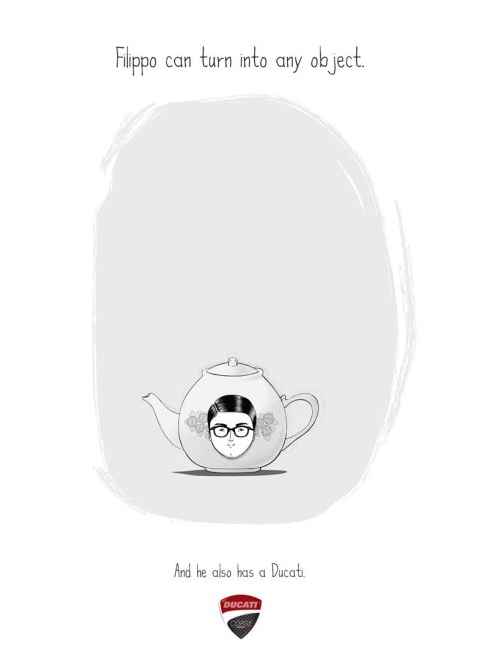
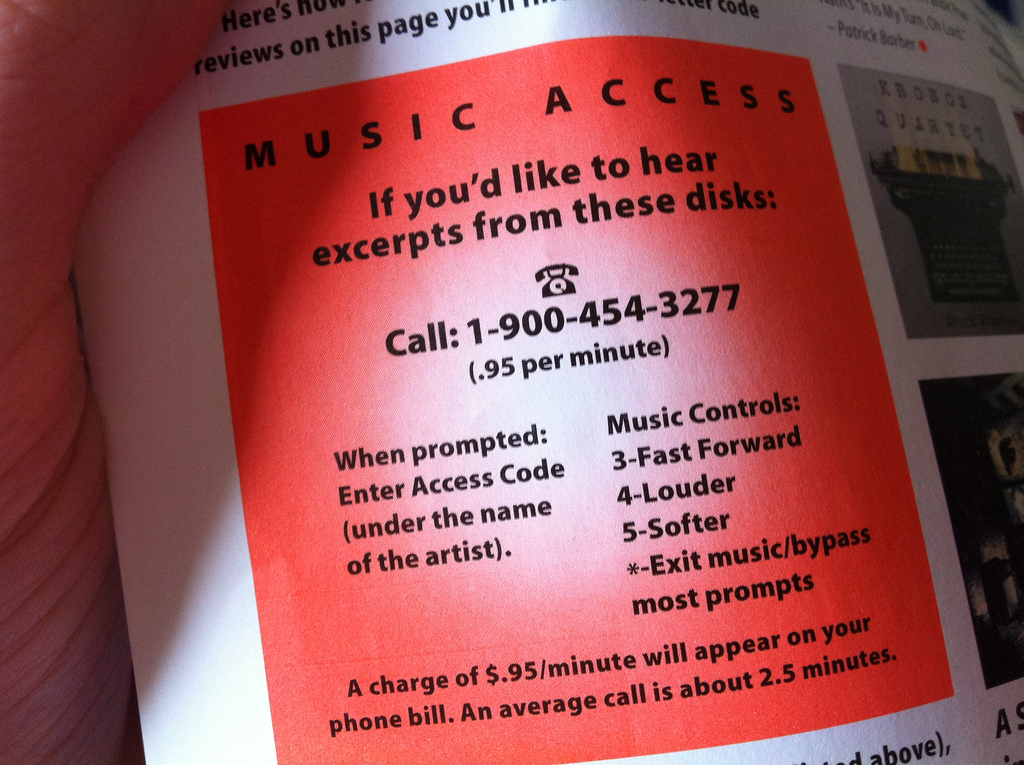
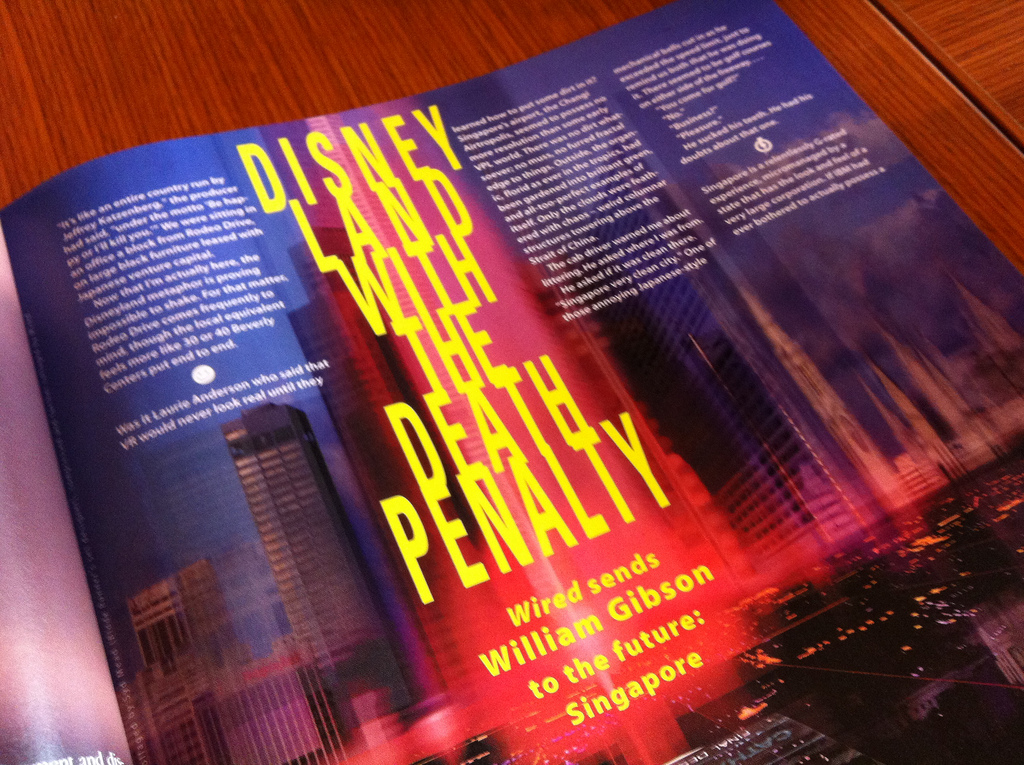
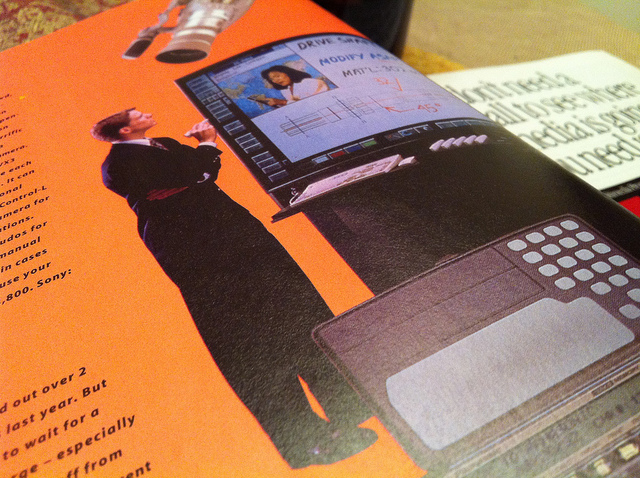
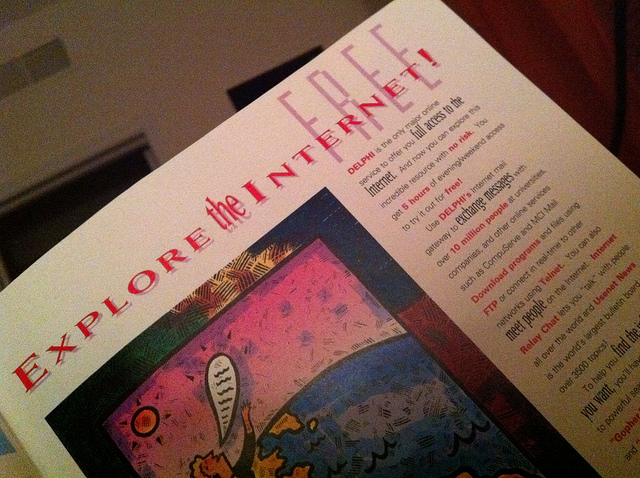

 You may recall me mentioning that I had
You may recall me mentioning that I had 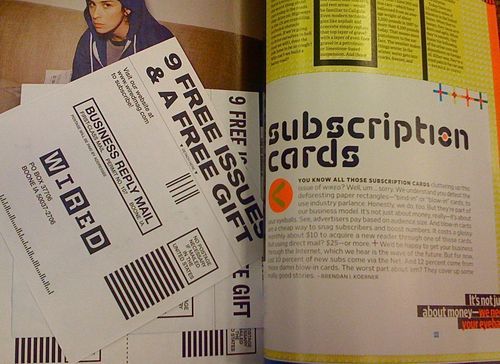 I had a bit of an epiphany this morning while reading a paper copy of Wired in bed. After finishing an article on
I had a bit of an epiphany this morning while reading a paper copy of Wired in bed. After finishing an article on 